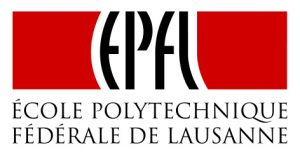Contact: Prof. Jean-Louis Scartezzini
Official: https://www.empa.ch/web/nest/solace
In the media |
Radio: RTS CQFD 10.10.18 Reportage au coeur d’un loft scientifique
Video 24Heures: L’EPFL invente la lumière du futur
To test, tweak and demonstrate new sustainable building technologies under realistic conditions, EMPA has set up the so-called NEST building in Dübendorf, a platform that houses several units featuring the latest R&D in the field.
The SolAce | Recomfort Unit is the creation of the EPFL Solar Energy and Building Physics Lab. Built in collaboration with Lutz Architects and EMPA, this Energy-Plus and Low Carbon combined working/living space showcases and tests multi-functional facade technologies developed by the EPFL in partnership with specialised industrial companies. The aim is to achieve an Energy-Plus and Low Carbon combined working/living space.
All technology will undergo monitoring and performance analysis.
Innovative Technology developed at LESO-PB
HDR vision sensing technology
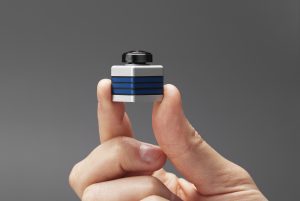 |
A novel High Dynamic Range (HDR) vision sensor allows accurate ‘on-the-fly’ monitoring of the lighting conditions in an office environment from an occupant’s point of view. The prototype of this technology is implemented in order to assess visual comfort and accordingly control the sun shading and electric lighting system in an optimal way. More on HDR vision sensor system R&D Partners: |
Light/Heat redirecting 3D microstructures
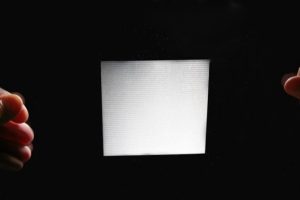 Copyright Alain Herzog Copyright Alain Herzog |
A novel glazing type with embedded micro mirrors invisible to the eyes will increase the daylight provision through redirection of sunlight to the ceiling. On the one hand this glazing will provide a more uniform work plane illuminance as well as reduced glare and on the other hand it will modulate solar gains as a function of the annual dynamic variation of the sun course: high gains in winter reduce heating loads and low gains in summer mitigate overheating risks as well as the cooling demand. R&D Partner: |
Laser-treated selective glazing
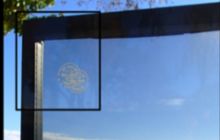 |
Novel glazing with a selective coating provides a high thermal insulation while allowing mobile telecommunication; suitable for application in hot and cold climates. The glazing is compatible with all common standard supports and can therefore be easily installed by glazing professionals. R&D Partner: |
Colored glazing for PV & solar thermal collectors
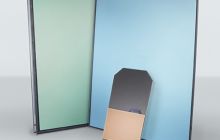 |
Coloured glazing based on nanometric multilayered thin films produced by environmentally friendly plasma-driven physical vapour deposition and optimized for solar electricity and domestic hot water production. The KromatixTM technology, patented by EPFL and commercialized by SwissINSO/Emirates Insolaire, combines full design flexibility and aesthetics with optimal energy performance for building integration of active solar energy systems. R&D Partners: |
Dynamic & Circadian LED lighting
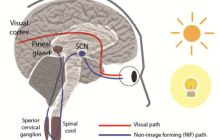 |
Novel dynamic lighting system with High Dynamic Range vision sensor and Correlated Color Temperature LESO-based electric lighting fixtures. A ‘dynamic lighting pattern’ created to regulate circadian rhythms in building occupants can lead to an improvement of visual and cognitive performance. The dynamic lighting system is derived from Non Image Forming (NIF) effects of light on human beings and will be tested on occupants. R&D Partner: |
Anidolic venetian blind
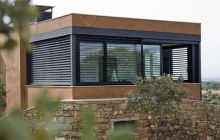 |
Grinotex Sinus slats not only look good: they are also very effective. Their curved form guides intrusive light rays to the ceiling in a similar way as non-image forming optical systems (e.g. anidolic systems), which are known for their undisputable high luminous efficiency. A comfortable ambiance is thus guaranteed; if a dark room is needed for any reason, Grinotex Sinus slats can also be fully closed using a sealing lip. R&D Partner: |
Furthermore:
- Combined working and living spaces will mitigate the treated floor area for indoor activities and should therefore significantly reduce the heating and lighting energy intensities of the unit as well as its environmental impact.
- The architectural design fosters building materials with low embodied energy and carbon content.

